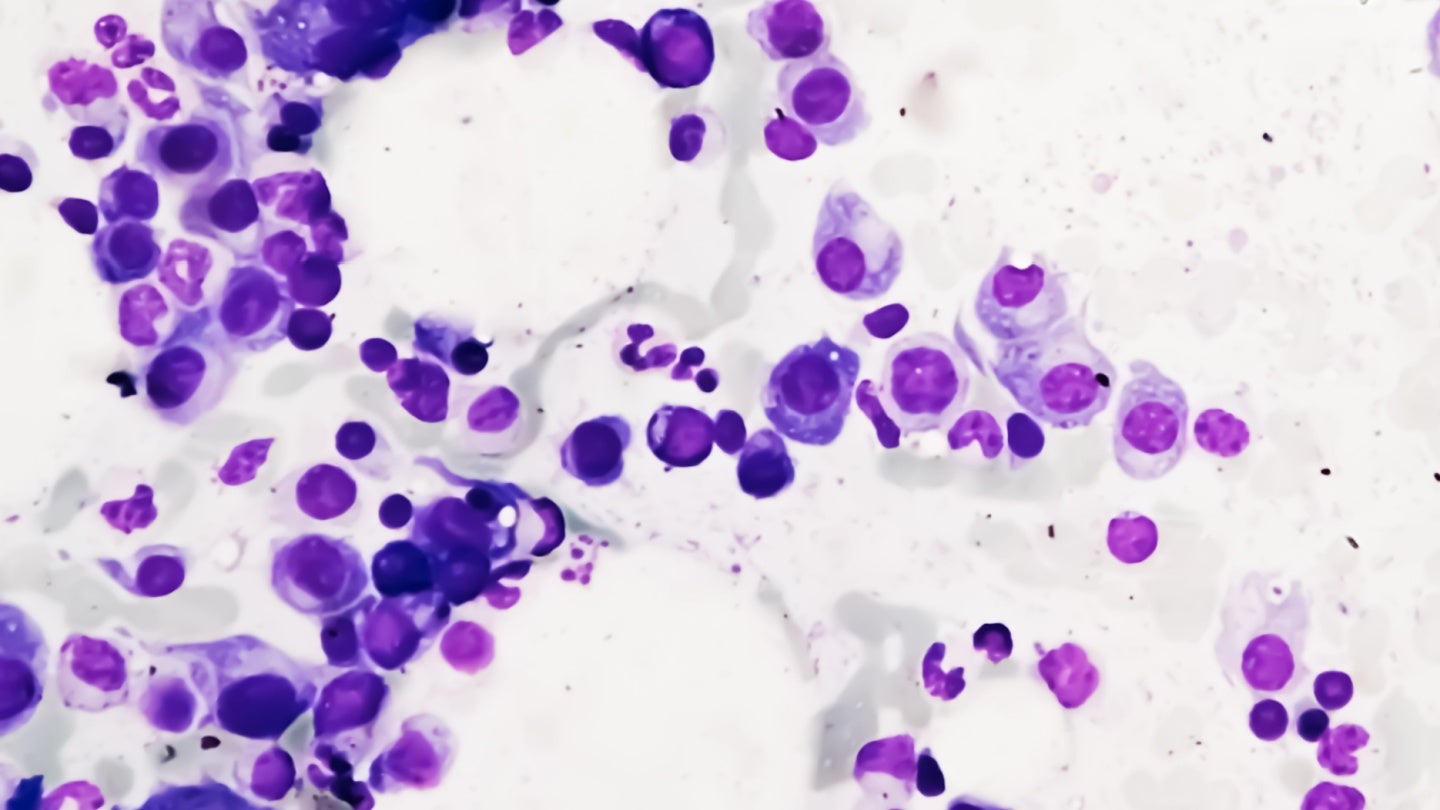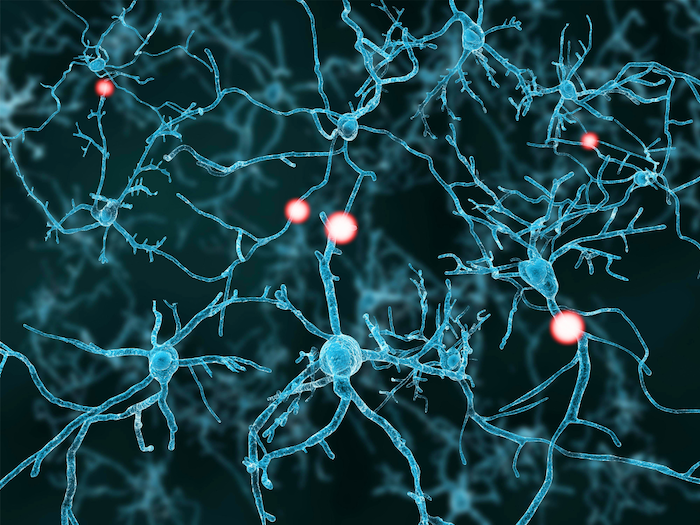Drug technology treats humanized mice infected with HIV
A study was published in the Proceedings of the National Academy of Sciences explaining how CRISPR-based technology, in combination with long-acting antiretroviral therapy (ART), can be used to treat HIV-infected humanized mice. The researchers comprised scientists from the University of Nebraska Medical Center (UNMC) and scientists from the Lewis Katz School of Medicine at Temple […] The post Drug technology treats humanized mice infected with HIV appeared first on LifeSci Voice.

A study was published in the Proceedings of the National Academy of Sciences explaining how CRISPR-based technology, in combination with long-acting antiretroviral therapy (ART), can be used to treat HIV-infected humanized mice. The researchers comprised scientists from the University of Nebraska Medical Center (UNMC) and scientists from the Lewis Katz School of Medicine at Temple University.
By focusing on two editing targets, HIV-1 and CCR5, the team of scientists demonstrated how HIV infection could be eliminated. The team used CRISPR-based technology to inactivate or snip out two different genes in HIV-infected humanized mice and then injected them with long-acting antiretroviral drugs, as a result of which, in around 60% of the models, no virus was detected at the end of the study.
In the study, the HIV-positive mice were first injected with the long-acting slow-effective release, or LASER-ART, a month after which they underwent treatment by CRISPR-Cas9 to inactivate the gene for CCR5, which is known to help the virus get into the cells. Seven days after this first treatment, when the CCR5 drops to an all-time low, the mice are once again treated with CRISPR-Cas9 to remove the integrated copies of HIV-1 DNA from the host genome.
Since there is a possibility that the mice might rebound within the first two weeks of treatment, the scientists in the study then proceeded to wait for two months to ensure this wouldn’t happen. In order to test if the virus had been successfully eradicated, scientists further proceeded to conduct a series of tests, making sure that no copy of the virus was missed and all blood and organ systems that the virus had infiltrated were checked for any trace of the virus.
The scientists eventually revealed that in six of the ten animals in the group, no trace of the virus was discovered, and when the study was replicated in a batch of nine mice, five of those replicated similar results and were virus-free.
The reason that current antiretroviral therapy, or ART, alone is insufficient in treating the virus is that HIV DNA integrates itself into the host genome very quickly after infection, and so ART alone can only extend the lifespan of the HIV-positive patient to that of an HIV-negative one but not eliminate the disease.
There is a possibility of many complications like drug resistance in this treatment plan because patients must take medications every day for the rest of their lives to keep the virus suppressed, which is why scientists have expressed the need to find a cure.
However, despite the fact that the new dual CRISPR gene-editing strategy is a simple and relatively inexpensive approach to treating HIV, improvements to the drug delivery system still have to be made to ensure that treatment can reach all parts of the body where HIV is taking form.
The post Drug technology treats humanized mice infected with HIV appeared first on LifeSci Voice.
What's Your Reaction?

































